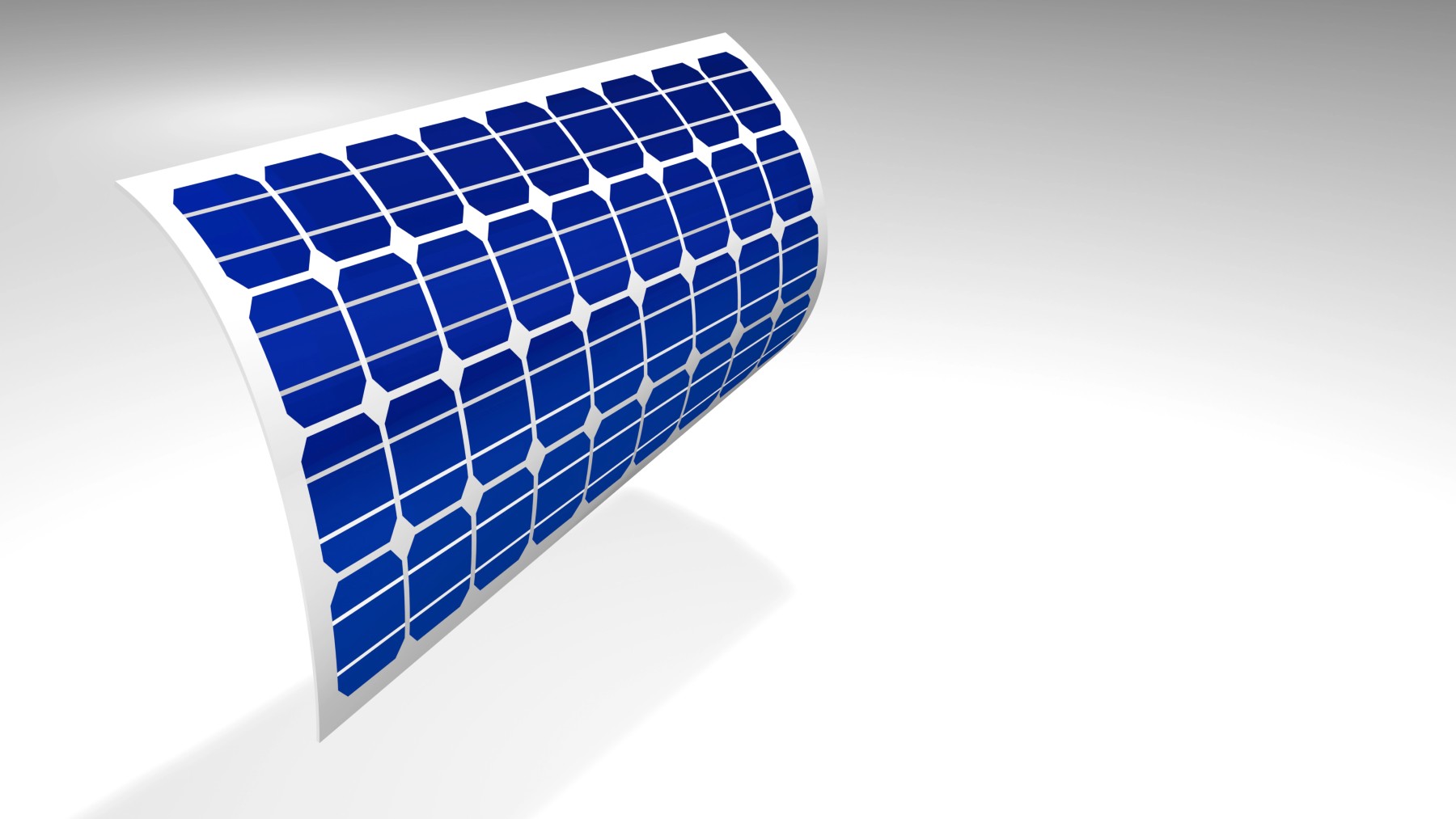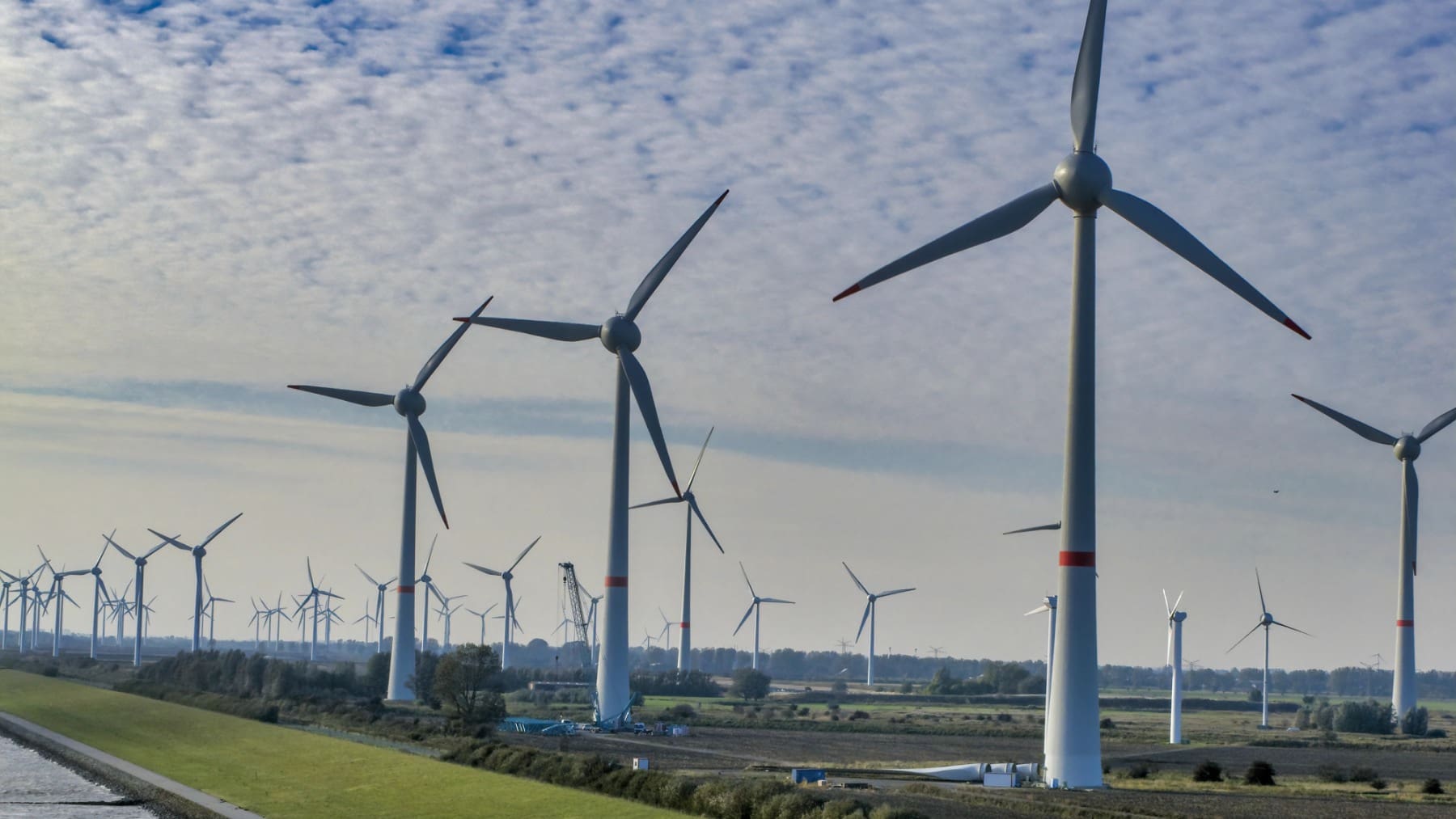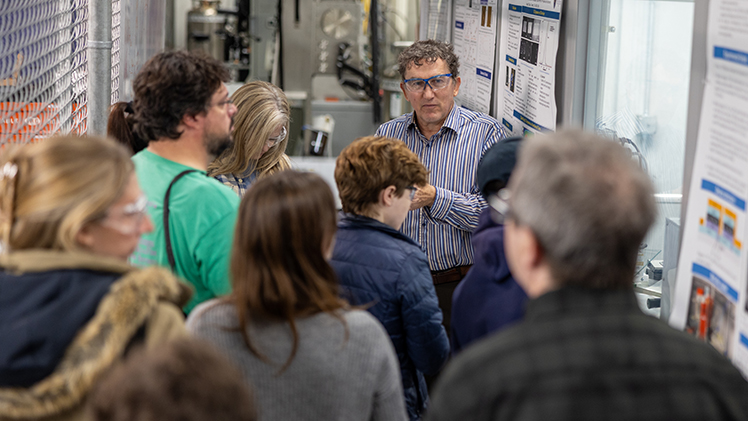Maryland governor announces US$2 million programme for residential and commercial BESS – Energy-Storage.News

Maryland’s Energy Storage Initiative: A Report on Alignment with Sustainable Development Goals
Program Overview and Contribution to SDG 7
The State of Maryland has launched the Residential Clean Energy Solutions (RCES) program to incentivize the adoption of Battery Energy Storage Systems (BESS). This initiative directly supports the objectives of Sustainable Development Goal 7 (Affordable and Clean Energy) by promoting modern, clean energy technology for residential use and addressing energy affordability.
- Program Status: The application portal is currently open to residents.
- Application Deadline: Submissions will be accepted until June 5, 2026, or until the allocated program funding is fully disbursed.
- Funding Conditions: There is an administrative ambiguity regarding the installation timeline. While official announcements suggest BESS does not need to be pre-installed, the application portal requires submission of contractor invoices and photographic evidence of the commissioned system. Clarification from the Maryland Energy Administration is pending.
Enhancing Community Resilience in Line with SDG 11
The RCES program is designed to bolster the state’s resilience against energy disruptions. Maryland Energy Administration Director Paul G. Pinsky stated that the program enhances emergency preparedness for residents. This focus on creating a stable and reliable energy infrastructure at the household level aligns with SDG 11 (Sustainable Cities and Communities), particularly its target of making communities more resilient and sustainable.
Legislative Framework and Commitment to SDG 13
Recent legislative actions have created a supportive framework for Maryland’s clean energy transition, reinforcing its commitment to SDG 13 (Climate Action). In May, Governor Moore signed two key bills into law which are foundational to achieving the state’s climate and energy objectives.
- The Next Generation Energy Act: Aims to increase clean power generation and BESS deployment.
- The Renewable Energy Certainty Act: Designed to streamline the development process for energy storage, wind, and solar projects.
These laws are instrumental in helping the state meet its legislated goal of deploying a minimum of 3GW of energy storage by 2033. By facilitating the integration of renewable energy sources, this legislative framework directly contributes to climate change mitigation efforts.
Economic and Social Implications for Sustainable Development
The initiative is framed as a direct response to rising energy costs for consumers. Governor Moore positioned the investment in clean energy as a strategy to counter market-driven price increases and advance multiple development goals simultaneously.
- Affordability (SDG 7): The administration’s stated goal is to lower utility expenses for all residents by expanding the supply of clean energy.
- Resilience (SDG 11): Investment in distributed energy resources like BESS strengthens the energy grid and community preparedness.
- Competitiveness (SDG 8 & 9): The governor noted that these investments make Maryland more competitive, supporting economic growth and the development of sustainable infrastructure.
Analysis of Sustainable Development Goals in the Article
-
Which SDGs are addressed or connected to the issues highlighted in the article?
The article highlights issues and initiatives that are directly connected to the following Sustainable Development Goals (SDGs):
- SDG 7: Affordable and Clean Energy: The core theme of the article is the promotion of clean energy and energy affordability. It discusses Maryland’s efforts to “invest in clean energy,” boost “wind, and solar projects,” and deploy Battery Energy Storage Systems (BESS). It also directly addresses affordability, with Governor Moore stating the administration is fighting to “bring prices down” and “rein in utility expenses for everyone.”
- SDG 11: Sustainable Cities and Communities: The article emphasizes the role of energy storage in creating resilient communities. The Maryland Energy Administration Director highlighted that the program can enhance “emergency preparedness and resiliency for residents.” This aligns with the goal of making human settlements safer and more resilient to shocks and disasters, such as power outages.
- SDG 13: Climate Action: By promoting renewable energy sources and energy storage, the initiatives described in the article contribute to climate change mitigation. The laws, such as the “Next Generation Energy Act,” are policies designed to shift away from fossil fuels. Furthermore, strengthening “resiliency” is a key component of adapting to the impacts of climate change, such as more frequent and severe weather events.
-
What specific targets under those SDGs can be identified based on the article’s content?
Based on the article’s content, the following specific SDG targets can be identified:
- Target 7.1: Ensure universal access to affordable, reliable and modern energy services. The article directly addresses this target by focusing on affordability. Governor Moore’s statement, “our administration is fighting to bring prices down,” and the goal to “keep costs affordable for consumers” are clear efforts to achieve this. The emphasis on BESS also supports the “reliable” aspect of this target.
- Target 7.2: Increase substantially the share of renewable energy in the global energy mix. The article mentions that the new laws aim to boost “wind, and solar projects,” which is a direct action towards increasing the share of renewable energy.
- Target 7.b: Expand infrastructure and upgrade technology for supplying modern and sustainable energy services. The state’s goal to deploy “at least 3GW of energy storage by 2033” and the creation of the Residential Clean Energy Solutions (RCES) program to fund BESS installations are concrete examples of expanding infrastructure and technology for sustainable energy.
- Target 11.5: Significantly reduce the number of people affected… by disasters… with a focus on protecting the poor and people in vulnerable situations. The stated goal to enhance “emergency preparedness and resiliency” through BESS directly contributes to this target by making residents less vulnerable to the impacts of power outages caused by disasters.
- Target 13.1: Strengthen resilience and adaptive capacity to climate-related hazards and natural disasters. The focus on resiliency through energy storage is a direct measure to strengthen adaptive capacity to climate-related hazards, such as extreme weather events that can disrupt the power grid.
-
Are there any indicators mentioned or implied in the article that can be used to measure progress towards the identified targets?
Yes, the article mentions and implies several indicators that can be used to measure progress:
- Specific, Measurable Goal (Implied Indicator for Targets 7.b and 13.1): The most direct indicator mentioned is the state’s goal of deploying “at least 3GW of energy storage by 2033.” This is a quantifiable metric to track the expansion of sustainable energy infrastructure and climate action efforts.
- Financial Investment (Implied Indicator for Target 7.b): The existence of the Residential Clean Energy Solutions (RCES) program, which provides funding for BESS, is an indicator of investment in clean energy infrastructure. The total amount of funding disbursed through this program would be a measurable indicator.
- Policy Implementation (Implied Indicator for Targets 11.b and 13.2): The signing into law of the “Next Generation Energy Act and the Renewable Energy Certainty Act” serves as an indicator that policies are being implemented to integrate climate change measures and disaster risk reduction into state planning.
- Energy Costs (Implied Indicator for Target 7.1): The article mentions that Baltimore Gas and Electric customers faced a “roughly US$16 monthly increase” and that the governor aims to “bring prices down.” Therefore, tracking consumer utility bills and the overall cost of energy for Marylanders would serve as a key indicator of progress towards energy affordability.
SDGs, Targets, and Indicators Summary
| SDGs | Targets | Indicators Identified in the Article |
|---|---|---|
| SDG 7: Affordable and Clean Energy | 7.1: Ensure universal access to affordable, reliable and modern energy services. | Changes in consumer utility expenses (Implied by the goal to “bring prices down” and “rein in utility expenses”). |
| SDG 7: Affordable and Clean Energy | 7.2: Increase substantially the share of renewable energy. | Development of new wind and solar projects (Implied by the aim to “boost” these projects). |
| SDG 7: Affordable and Clean Energy | 7.b: Expand infrastructure and upgrade technology for sustainable energy. | Total installed energy storage capacity (Explicit goal of “3GW of energy storage by 2033”). |
| SDG 11: Sustainable Cities and Communities | 11.5: Significantly reduce the number of people affected by disasters. | Number of residential BESS installations funded by the RCES program to enhance “emergency preparedness and resiliency” (Implied). |
| SDG 13: Climate Action | 13.1: Strengthen resilience and adaptive capacity to climate-related hazards. | Deployment of energy storage to enhance grid resiliency (Explicit goal of “3GW of energy storage by 2033”). |
| SDG 13: Climate Action | 13.2: Integrate climate change measures into national policies, strategies and planning. | Adoption of new energy legislation (The “Next Generation Energy Act” and the “Renewable Energy Certainty Act”). |
Source: energy-storage.news

What is Your Reaction?
 Like
0
Like
0
 Dislike
0
Dislike
0
 Love
0
Love
0
 Funny
0
Funny
0
 Angry
0
Angry
0
 Sad
0
Sad
0
 Wow
0
Wow
0










/campaigns/16-days-of-activism-against-gender-based-violence/pr-web-banner.tmb-1200v.jpg?sfvrsn=8cc7b98e_1#)




































































